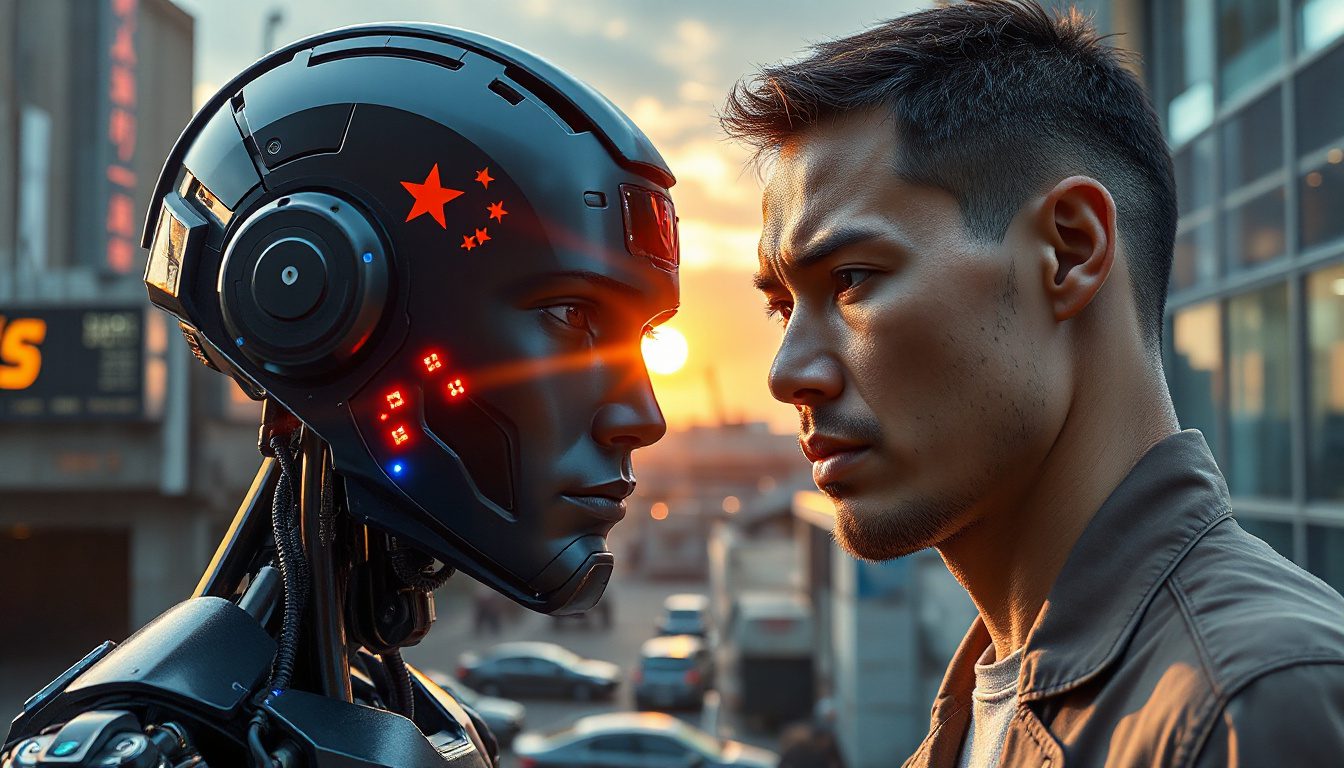Can New Chinese AI Surpass Google Video 3? A Look at Alibaba’s Latest Breakthrough
Imagine you prompt a system and get a complete, high-quality video. The video shows lip movements that match words, voices that sound real, sound effects, and music—all built in one run. Alibaba’s new AI works like this. Chinese tech firms now push the bounds of what video creation can be. This shift makes us ask: Can this Chinese AI outdo Google’s Video 3?
Here is why this shift matters and what it means for the future of AI video work.
What’s New with Alibaba’s AI?
Alibaba’s new AI does more than a small update. It changes how media comes together. The system treats text, images, video, and sound as parts of one unit. It mixes these parts from start to finish. This merging lets the AI produce content that feels whole and clear.
Key features include:
-
Video that stays in sync: The system makes videos in 1080p quality. It links mouth movements to dialogue, blends voices, adds sound effects, and plays matching music. No extra work is needed to get them all in line.
-
Sharp image control at each pixel: A simple command lets users change colors, swap parts, or mix ideas. This way, users do not need costly tools or know complex software.
-
Improvements from real user notes: The AI learns from how people work with it. It uses human-made hints to adjust its rules and fit user needs better.
Why Is This AI Different From Google’s Video 3?
Google’s Video 3 made waves in making video from text. Yet Alibaba’s AI changes the task by blending media types from the start. This method brings some clear gains:
-
Smooth media merging: Video, sound, and images come together in one go. The result feels natural and deep.
-
Updated video quality: With full HD support, the output works well for both high-end and everyday projects. Past AI work sometimes showed low resolution or mistakes.
-
Learning from people: By tuning into user hints, the system tries to capture what you want. This may lead to a better creative tool.
In short, this Chinese system does not only match older tools; it builds on them. The work of creating art becomes easier with fewer obstacles and cleaner results.
Who Benefits Most from This Innovation?
Content makers, advertisers, and entertainment teams will see gains. Here is why:
-
Saving time: Making a video with real sync among voices and music used to take hours. The AI cuts that time down so projects move fast.
-
Easy access: Hard editing skills and pricey software are no longer needed. Simple spoken commands can now change images at a fine level.
-
Room to try new ideas: Creators experiment rapidly by mixing visual parts and ideas without redoing work from scratch. This freedom helps stir creative flow.
-
Broad production capacity: Big brands that need many versions can now run more projects at lower cost.
How Does Native Multimodality Change AI Creativity?
The breakthrough in linking text, images, video, and sound makes the work feel like one item. For instance:
-
The system makes dialogue videos that tie lip motion directly to words. It also shifts light and camera views to suit the scene.
-
Music and sound effects change as the action moves. This step builds the mood without extra layers.
-
Image changes follow simple text prompts, like switching a shirt’s hue or merging background styles in one clean move.
In this way, the parts work in close ties. The result is a multimedia story that unfolds as smoothly as a single thought.
Takeaways and What to Try Next
-
Try multimodal AI tools: If you work with video or mixed media, look at new systems that mix editing and creating in one step. This can speed up your work.
-
Work with human hints: When you use AI, share your feedback. The system will learn to better match what you need.
-
Watch video quality shifts: With 1080p output and true sync, AI videos now reach a professional bar, good for business work.
-
See how the system can grow your projects: Whether for ads or films, smart AI cuts the cost and time of complex creative steps.
Competition among firms such as Alibaba and Google pushes AI video work to new heights in ease, quality, and scope. The strides made with this Chinese AI mean that soon, tools will exist that handle text, images, video, and sound in one go—making video creation faster, less expensive, and easier to grasp.
If you work with any form of content creation, keep a close watch on these shifts. Learning to use these new abilities might give you a big step in your creative work.
Ready to try AI video creation options? Start with free or trial tools that merge text, image, and sound work. Test out short videos with simple prompts and see how AI turns your ideas into a finished product quickly and with less fuss.


